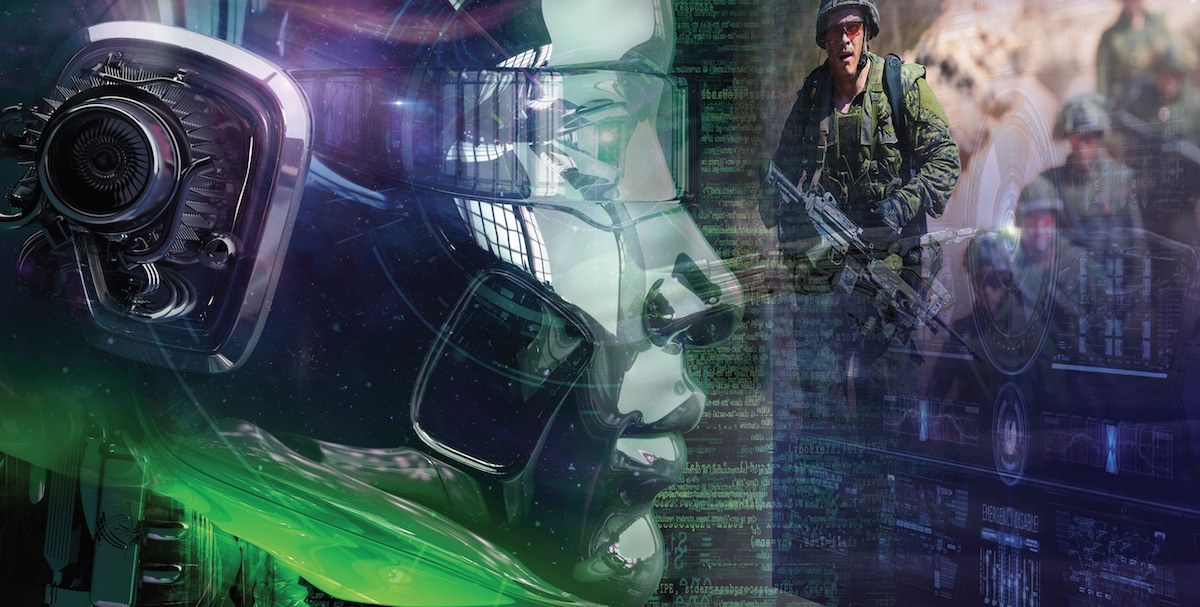It’s been a sad and tragic few months for the Canadian Armed Forces (CAF). Seven brave men and women died while performing their military duties for the Royal Canadian Air Force (RCAF).
On April 29, Stalker-22 crashed in the Ionian Sea killing six military members – Sub-Lt. Abbigail Cowbrough, Capt. Brenden Ian MacDonald, Capt. Kevin Hagen, Capt. Maxime Miron-Morin, Sub-Lt. Matthew Pyke, and Master Cpl. Matthew Cousins. After undergoing a search and recovery mission, the CAF along with the assistance from the U.S. Navy recovered parts of the helicopter, and some remains under 3,000 metres of water.
In a separate incident on May 17, an RCAF CT-114 Tutor aircraft crashed in the vicinity of Kamloops, British Columbia killing Capt. Jennifer Casey and injuring the pilot. Capt. Casey was the Public Affairs Officer of the Canadian Forces Snowbirds team, which was deployed on Operation INSPIRATION, a mission to flyover Canada to lift the spirits of Canadians and salute frontline workers during the COVID-19 pandemic.
Both of these incidents resulted in the tragic loss of lives for the families, the RCAF, and Canada. On behalf of the Vanguard team, I would like to extend our deepest sympathies to the families of the fallen officers and the RCAF. Our thoughts go out to the loved ones of the military officers who died while serving Canada.
In this edition of Vanguard, we take a look at the Canadian Army from a procurement perspective, as well as, a futuristic look. Our feature story is an interview with Col Christopher Renahan, Director Land Requirements, Canadian Army. In this piece, Col Renahan talks about advancing Strong, Secure, Engaged projects, an update on the major capital programmes, the Army of Tomorrow, the RFI process, the allocation of minor capital funding, and what keeps him up at night. In looking at the future, LCol Amir ElMasry writes about Artificial Intelligence (AI) and its impact on army operations in the future. In this article, he paints the picture of what the battlefield will look like in 2050 based on technological elements emerging today. AI will undoubtedly play a crucial role in the Canadian Army of the future through augmented soldiers, and changes to Adaptive Dispersed Operations (ADO) with automated decision making, micro-targeting, large scale self-organizing, and the ability to sort through endless data, which will enable the Canadian Army to have superiority in the battlespace.
NORAD (North American Aerospace Defense Command) has been at the heart of the Canada-U.S. defence relationship since the late 1950s. Michael Dawson writes about the uniqueness of this defence relationship given its bi-national structure in which the Commander and Deputy Commander report to both governments. Dawson points out that due to the changes in the geopolitical environment, technological developments, and different understandings of the utility of nuclear weapons today, NORAD is at a point where the question of its future relevance will depend upon choices made in Canada.
As we hopefully approach the tail end of the COVID-19, LGen D. Michael Day (Ret’d) writes about how this global pandemic provides an opportunity to refresh defence and security. Canada now has the opportunity to lay out a vision of Foreign and Security Policy that can be translated into a Defence Policy.
To round off this issue, I would like to highlight our Game Changers – Ugo Paniconi, General Manager, MAS, L3Harris Technologies and Justin Granek, VP Operations, Xtract AI. These are executives who are employing game-changing initiatives within their organizations and the industry.
Thanks for taking the time to read this issue.


